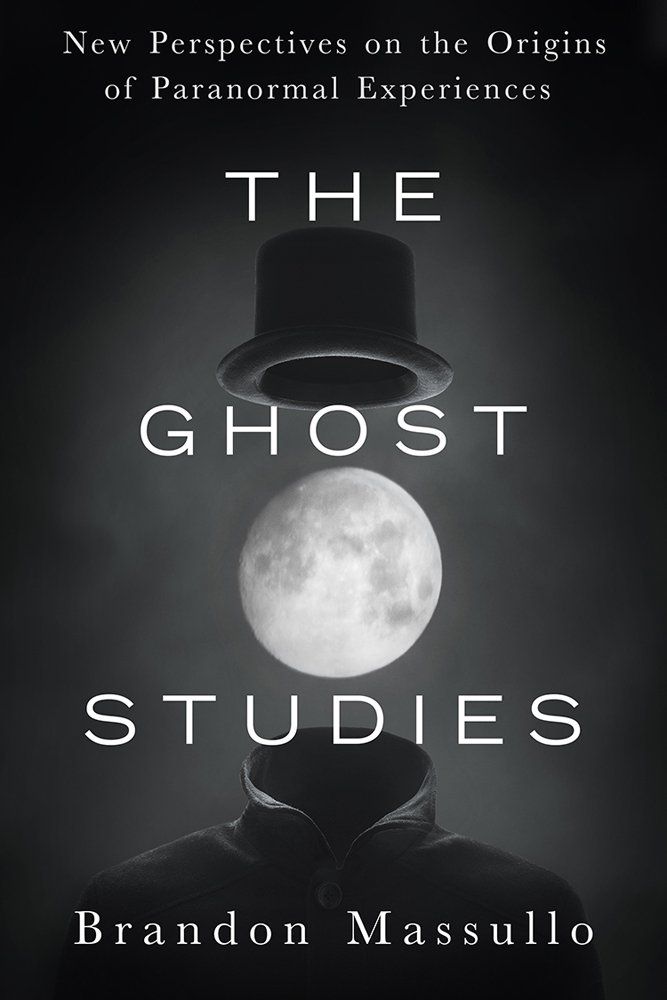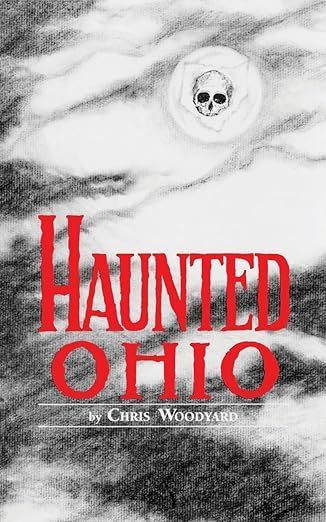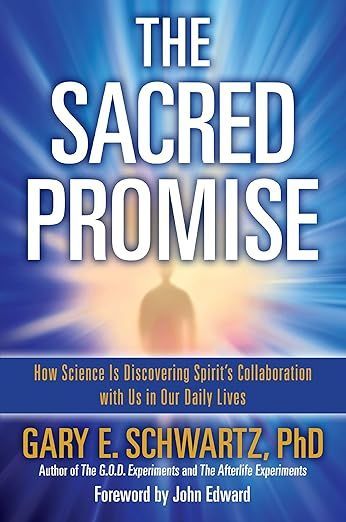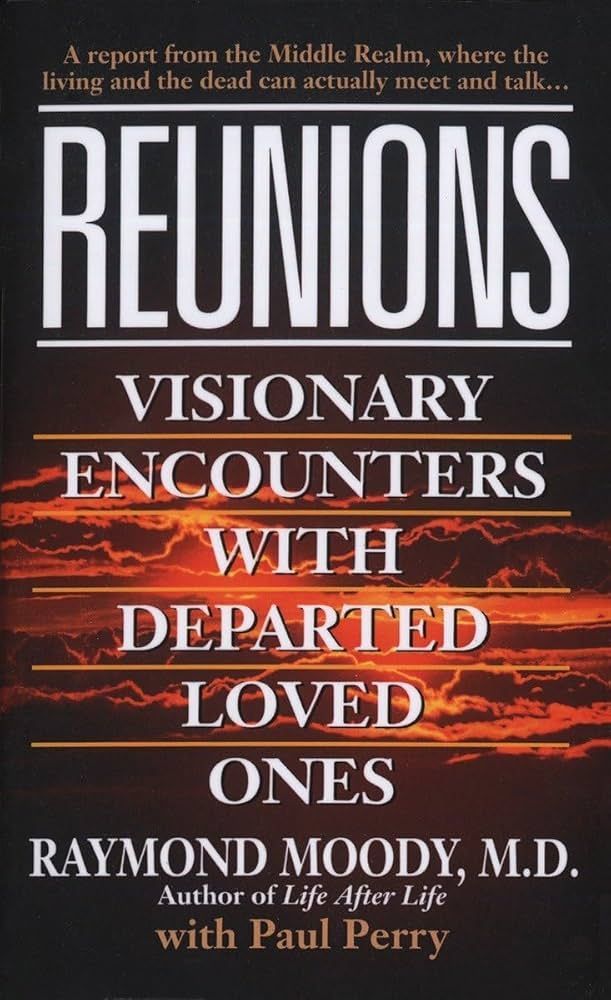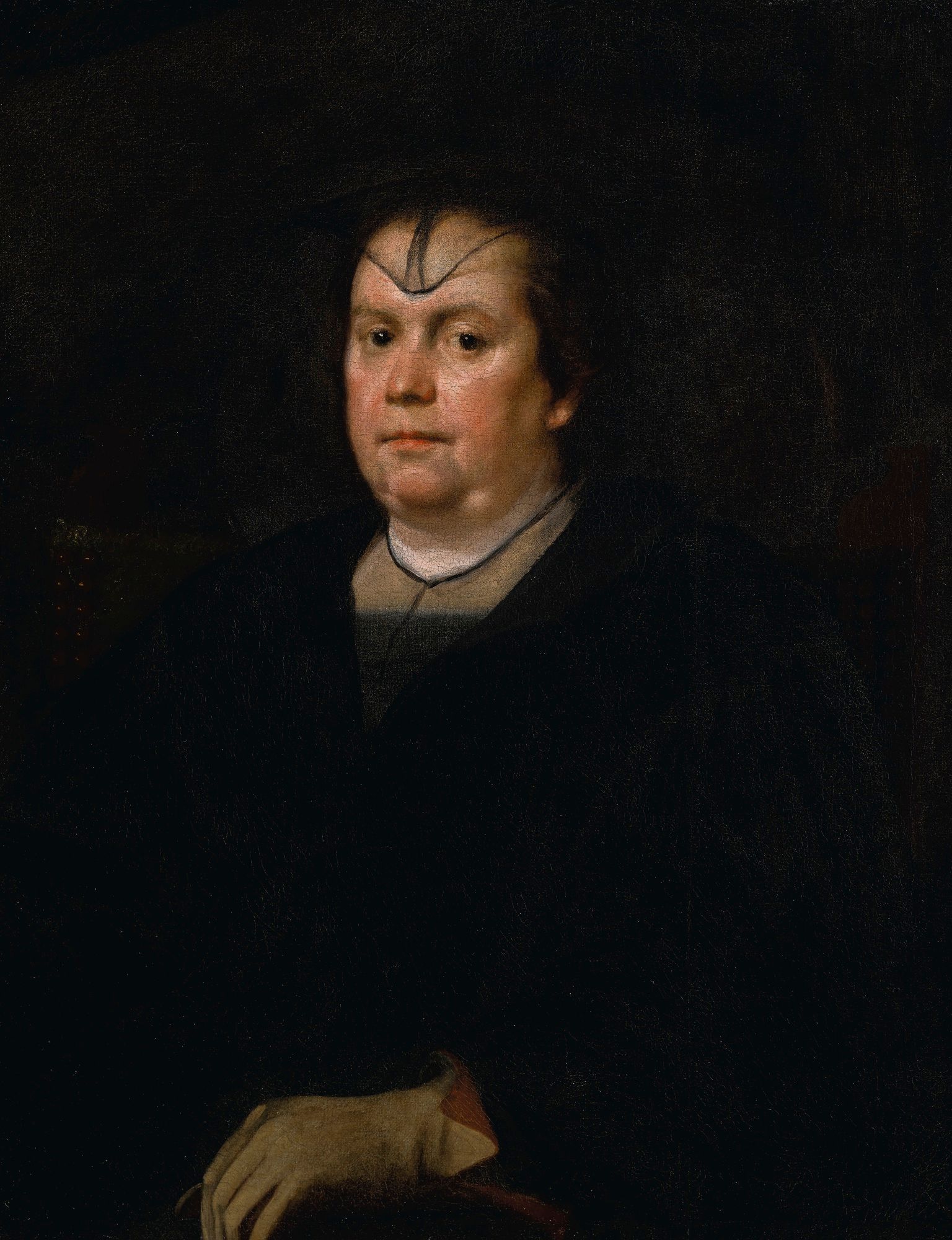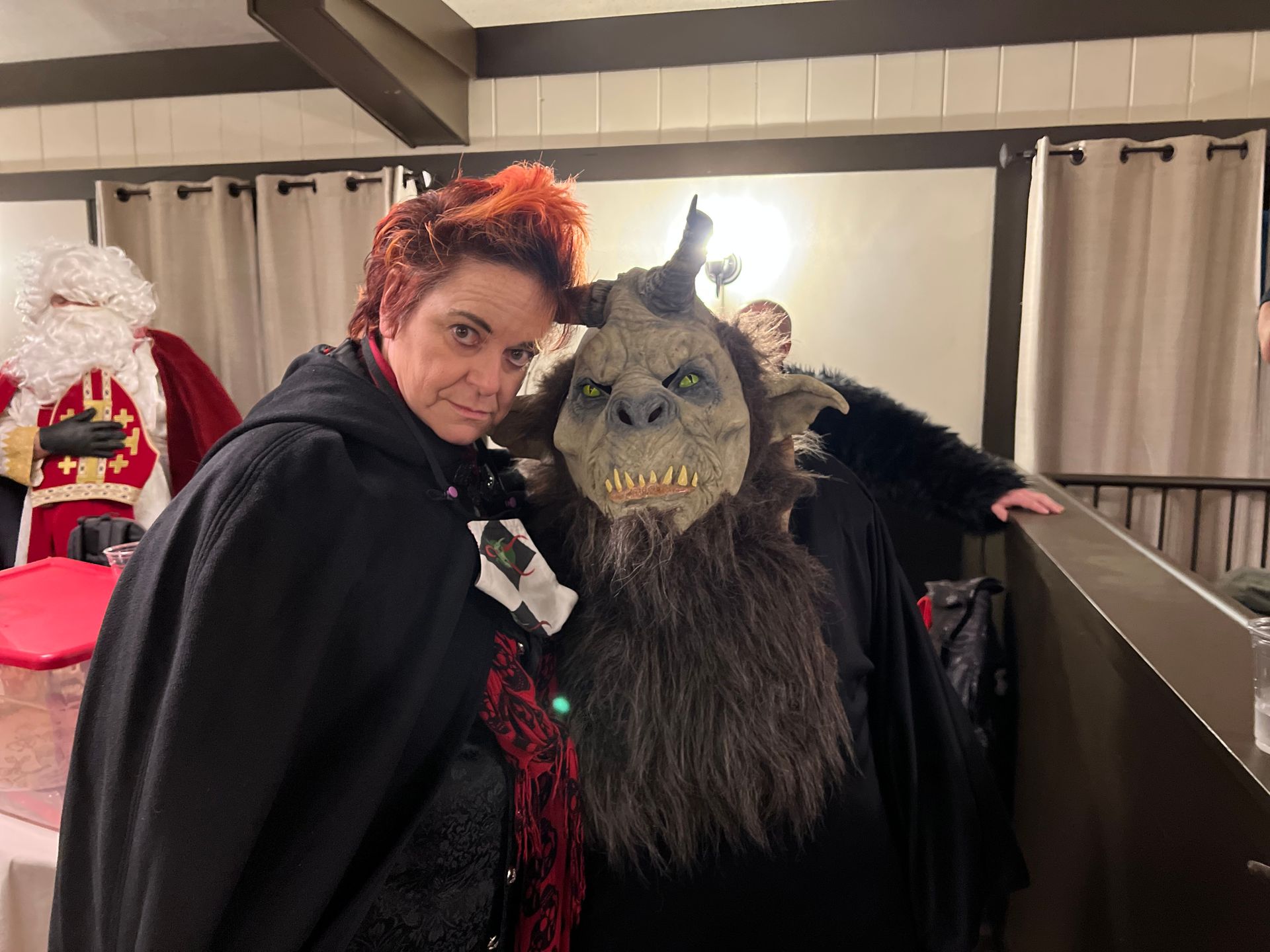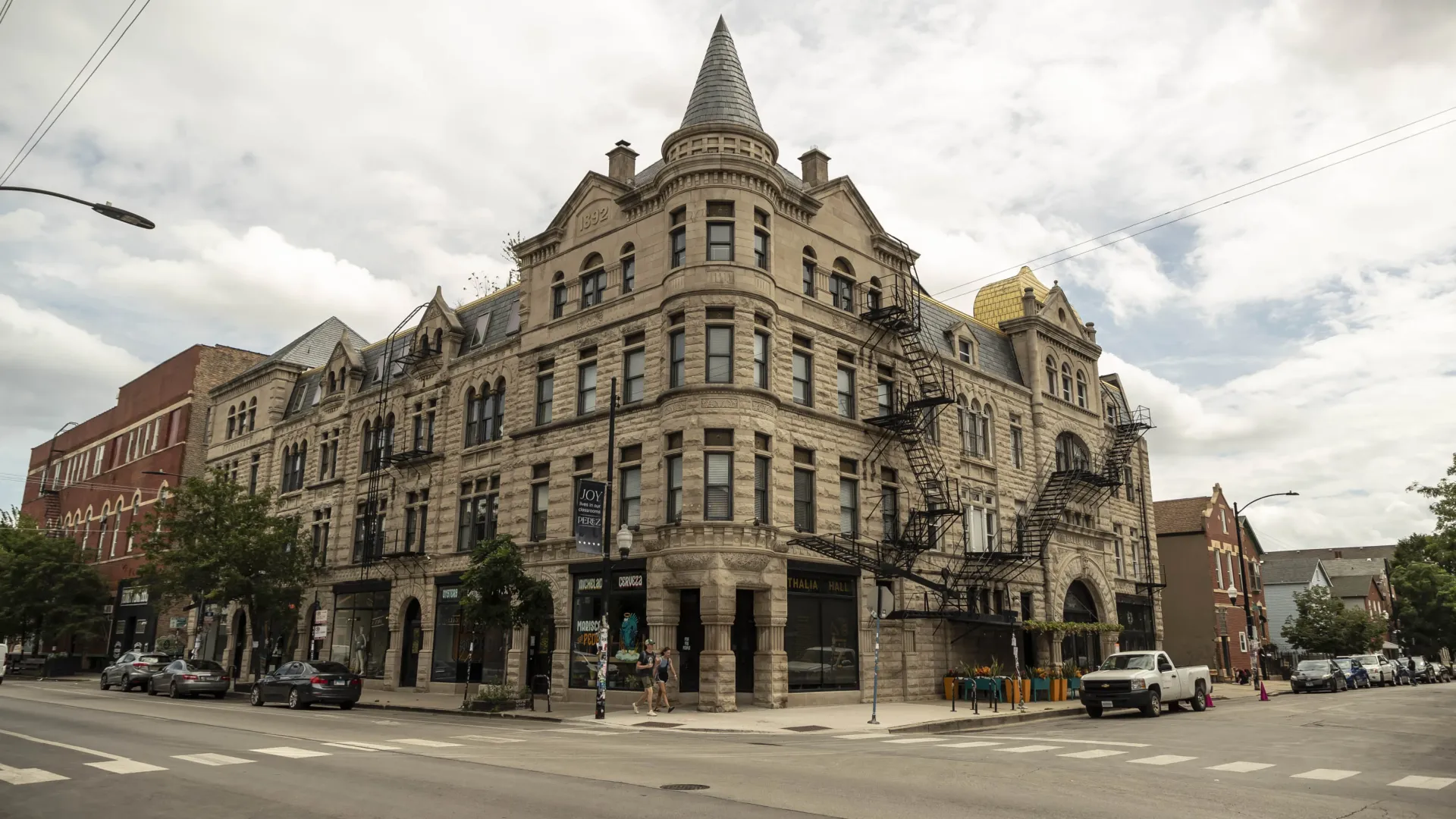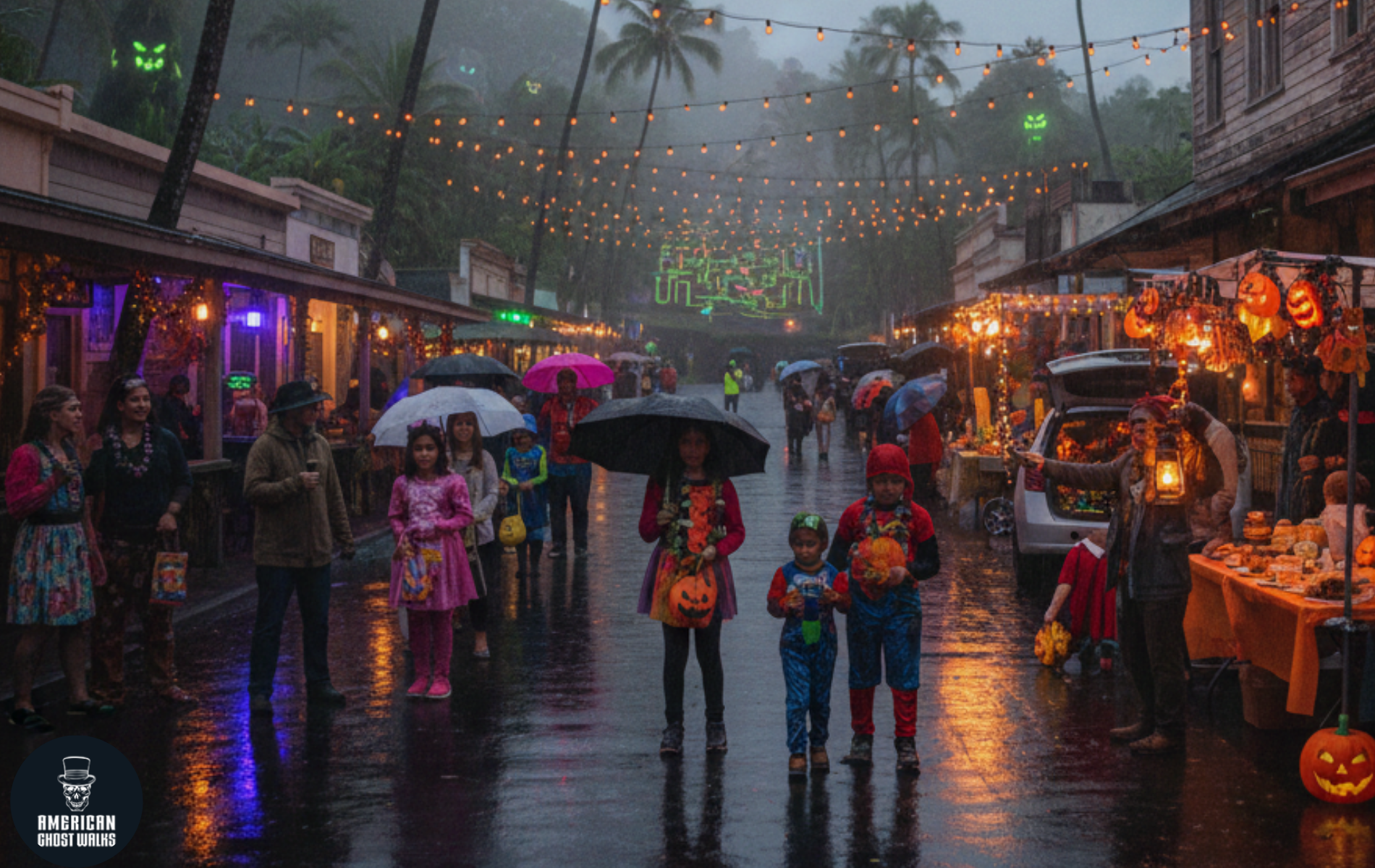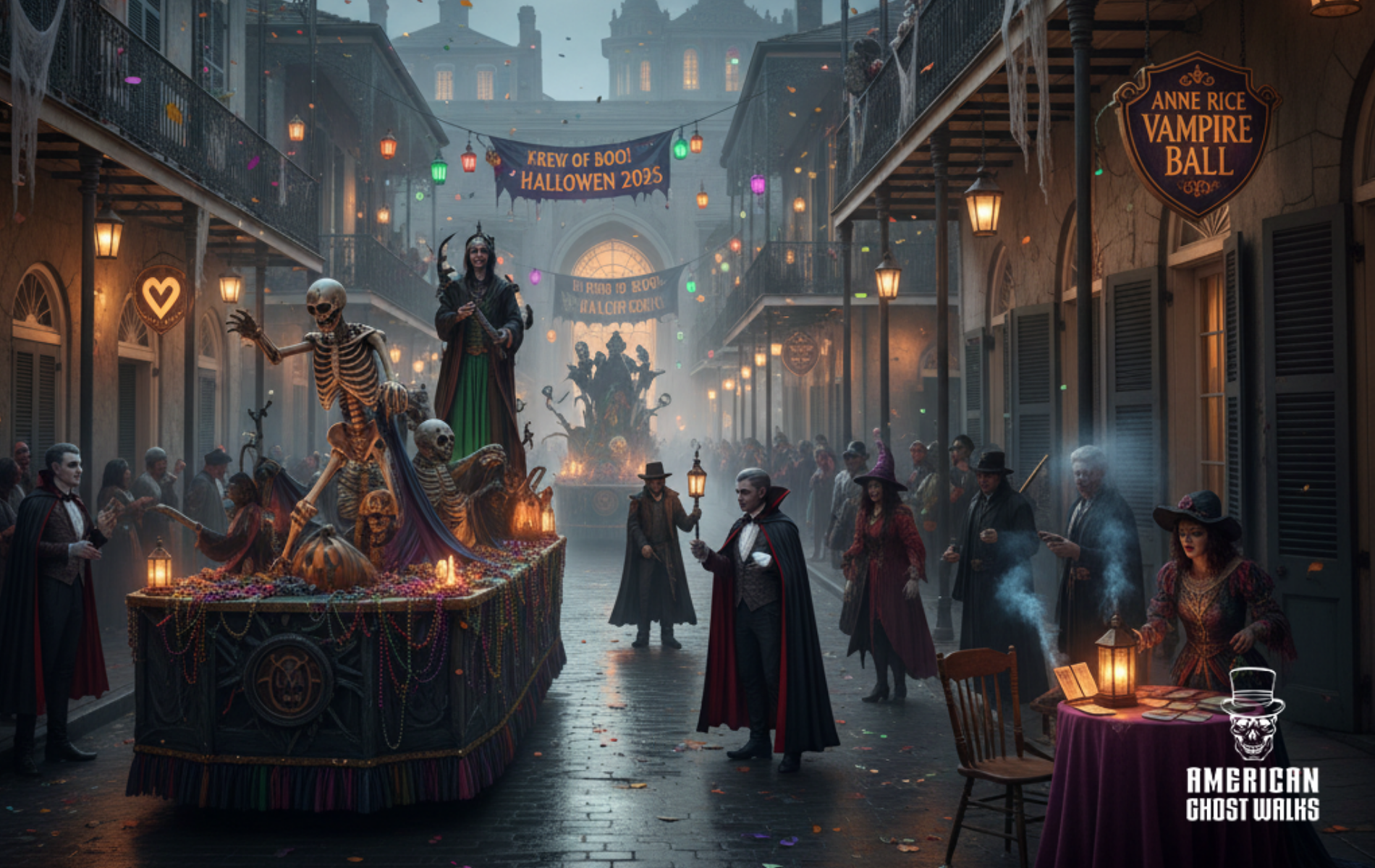The Science of Hauntings: Exploring Ghost Encounters Through Research and Real-Life Cases
For related reading, check out our Haunted History Tours Blog and other posts on real-life ghost stories. You can also learn more from external resources such as the Society for Psychical Research and the University of Edinburgh Parapsychology Unit.
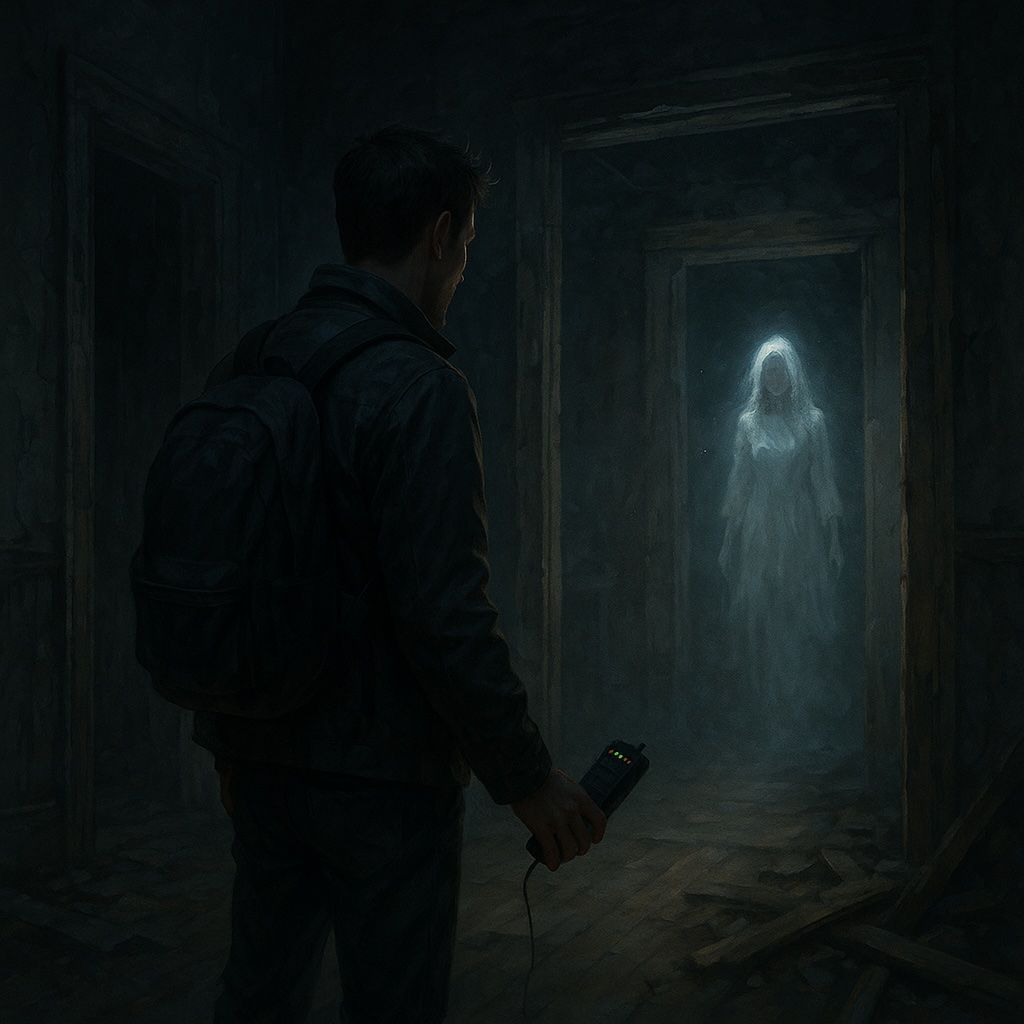
Introduction
Hauntings have long fascinated humanity, existing at the intersection of folklore, spirituality, and scientific curiosity. Over the centuries, people have told countless stories of ghostly encounters, apparitions, and mysterious events that defy logical explanation. In modern times, researchers like Brandon Massullo have sought to apply scientific methodology to these phenomena, moving beyond superstition and speculation to uncover potential mechanisms behind hauntings. Drawing on his presentation, The Science of Ghosts at the Milwaukee Paranormal Conference in 2020, his book The Ghost Studies, published in 2017, and other research in parapsychology, this article takes a deeper look at what hauntings are, how they have been studied, and why they continue to capture our collective imagination.
The Question of Life After Death
At the heart of most ghost stories lies a profound question: do we survive death in some form? This is known as the survival hypothesis, the belief that some part of us, whether it is our consciousness, soul, or spirit, continues on after our physical body ceases to function. Many religious and spiritual traditions have embraced this idea for millennia, while mainstream neuroscience views the brain as a biological machine that shuts down permanently at death. According to Brandon Massullo in his book The Ghost Studies, millions of people worldwide report ghostly encounters each year. These experiences often feel profoundly real to those who have them, sometimes changing their entire perspective on life and death. This tension between spirituality and material science creates fertile ground for research, as scientists attempt to determine whether these experiences point to genuine survival or are purely psychological phenomena.
Case Study: A Soldier's Ghost in Williamsburg
At Fort Magruder in Williamsburg, Virginia, a witness reported seeing a young Civil War soldier with half his face missing, silently standing by their bed for three consecutive nights. Author Chris Woodyard, in herHaunted Ohio series, documents this chilling encounter, noting that it left the witness convinced they had come face to face with something beyond the physical world. Stories like this challenge our understanding of reality and open the door to considering whether consciousness might persist beyond death.
The Emotional Spectrum of Ghost Encounters
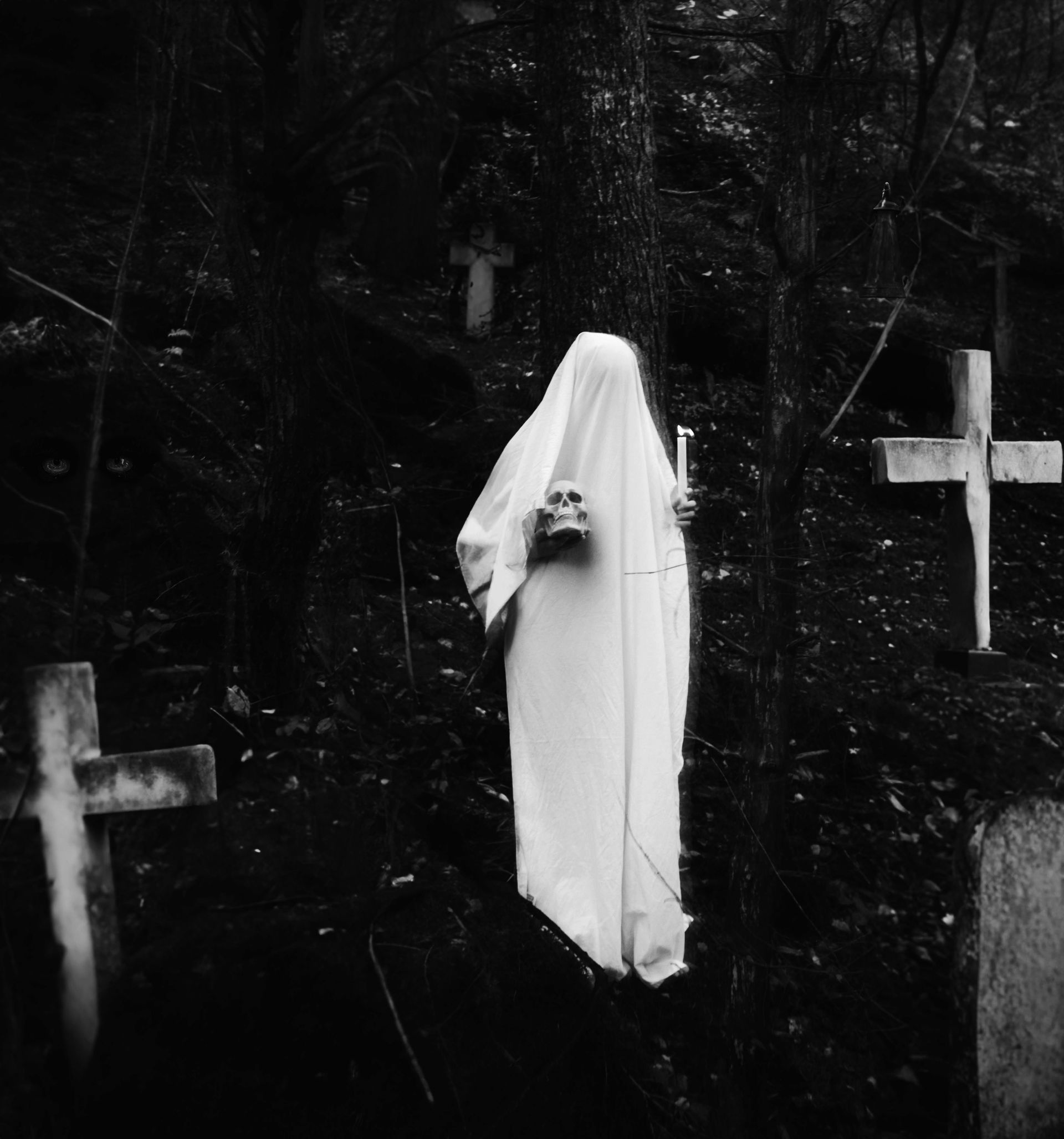
Paranormal experiences are deeply personal and can evoke vastly different emotions, from sheer terror to profound comfort. According to Massullo’s 2020 talk, one woman described a comforting encounter with her deceased father, who appeared briefly to reassure her after his passing. These experiences often leave lasting emotional imprints. Some encounters help people process grief or trauma, while others are unsettling and leave witnesses feeling haunted for years afterward. Hauntings, therefore, represent a wide spectrum of human experiences that touch on deep psychological and spiritual needs.
Case Study: A Father's Loving Goodbye
After her father's sudden passing, a woman felt an overwhelming sense of comfort while lying on her couch. She saw her father approach, whispering, "Don't be sad," and rubbing her shoulders before fading away. As Massullo explained during his presentation, this fleeting moment brought her solace that no rational explanation could offer. Stories like this suggest that hauntings can sometimes serve as emotional bridges between the living and the dead.
Scientific Challenges in Studying Hauntings
Despite countless reports of ghostly encounters, science faces major obstacles when trying to study hauntings. These events are episodic, often occurring unexpectedly and rarely under controlled conditions. Witnesses typically provide anecdotal evidence rather than measurable data, and experiences vary greatly from one person to another. Massullo emphasizes that while mainstream science tends to dismiss hauntings as hallucinations, environmental factors, sensory sensitivities, and psychological conditions might all play roles in these experiences. This makes hauntings difficult to replicate in laboratory settings, yet their frequency suggests they are worth serious investigation.
A History of Ghost Research
Efforts to understand ghosts scientifically date back centuries. Ancient writings by Pliny the Younger in AD 100 describe apparitions haunting homes. In the 17th century, scientist Robert Boyle documented mysterious hauntings, hinting that natural laws might not explain every phenomenon. According to records from the Society for Psychical Research, founded in 1882, researchers in the 19th and early 20th centuries attempted to examine mediums, séances, and apparitional experiences using rigorous methodology. Today, universities such as Edinburgh and Virginia conduct research into consciousness, near-death experiences, and apparitional phenomena, continuing this long tradition of scientific curiosity about ghosts.
Attempts to Measure and Communicate with Spirits
One of the earliest attempts to study the soul scientifically came in 1907, when Dr. Duncan McDougall hypothesized that the soul might have weight. According to his published article in the American Medicine Journal, he claimed to observe a 21-gram loss in patients at the moment of death. Though his methods were flawed, the idea sparked enduring fascination. Later, inventors like Thomas Edison theorized that if spirits existed, technology could detect them. Today, Dr. Gary Schwartz at the University of Arizona continues this pursuit with his Soul Phone Project, using light-based systems in experimental attempts to communicate with what he calls "post-material persons," as he describes in his book The Sacred Promise.
Case Study: The Soul Phone Project
Researchers involved in this project claim that early prototypes can register yes or no responses from spirits via manipulated light signals. While unproven and highly controversial, Schwartz argues that these experiments demonstrate humanity’s ongoing desire to bridge the gap between life and death using scientific tools.
Creating Apparitions and the Role of Consciousness
Psychologist Dr. Raymond Moody explored how certain conditions can produce ghost-like visions. In his book Reunions, Moody explains how his “psychomantium” experiments placed participants in darkened rooms with mirrors and encouraged them to focus on deceased loved ones. Many reported vivid apparitions, sometimes even feeling physical touch. These studies raise questions about whether hauntings are external phenomena or manifestations of human consciousness under altered conditions.
Case Study: Into the Mirror
One participant described seeing three deceased friends emerge from a mirror, vividly alive. She reached out to touch them, only to feel curtains instead. Moody noted that despite this discrepancy, she insisted the vision was more real than any dream she had experienced. This blurring of psychological and paranormal boundaries shows how complex hauntings can be.
Sensitivity to the Paranormal
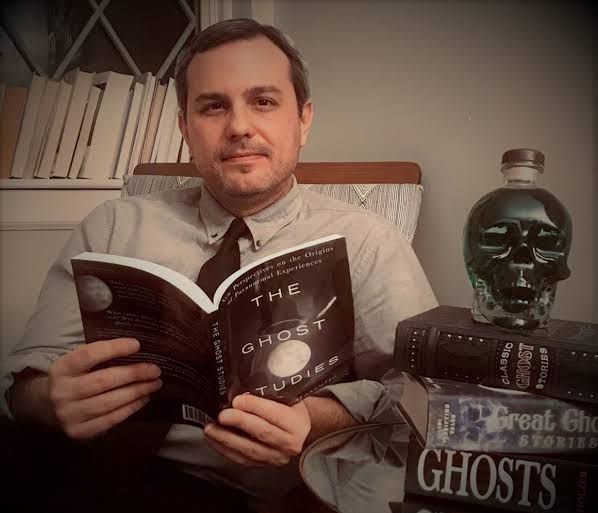
Brandon Massullo’s research suggests that certain people are more prone to experiencing hauntings due to heightened environmental sensitivity. These individuals react strongly to subtle stimuli, from changes in light to atmospheric shifts, and report significantly more paranormal encounters than others. In studies conducted at places like Mary King's Close in Edinburgh, a famously haunted underground city, Massullo found that “sensitives” experienced more phenomena than non-sensitives, pointing to a possible biological or neurological factor behind hauntings.
Toward a Unified Understanding of Hauntings
Modern research increasingly views hauntings as a product of overlapping factors: biology, psychology, and social context. This biopsychosocial approach acknowledges that while some hauntings might have natural explanations, others remain anomalies that challenge scientific understanding. According to Massullo, regardless of their origin, these experiences are real to those who have them and deserve careful study rather than outright dismissal.
The Future of Ghost Science
With advancements in neuroscience, consciousness research, and environmental monitoring tools, science may one day uncover mechanisms behind ghostly encounters. Whether ghosts are independent entities, projections of the mind, or something entirely unknown, they continue to push the boundaries of what we know about life, death, and the mysteries in between.
Conclusion
Hauntings remain one of the most profound and enduring mysteries of human existence. Brandon Massullo and other researchers urge us to move past binary debates of belief versus skepticism and focus on understanding the experiences themselves. Through science, documented case studies, and open-minded exploration, we may one day uncover the truths behind these unexplained encounters.

